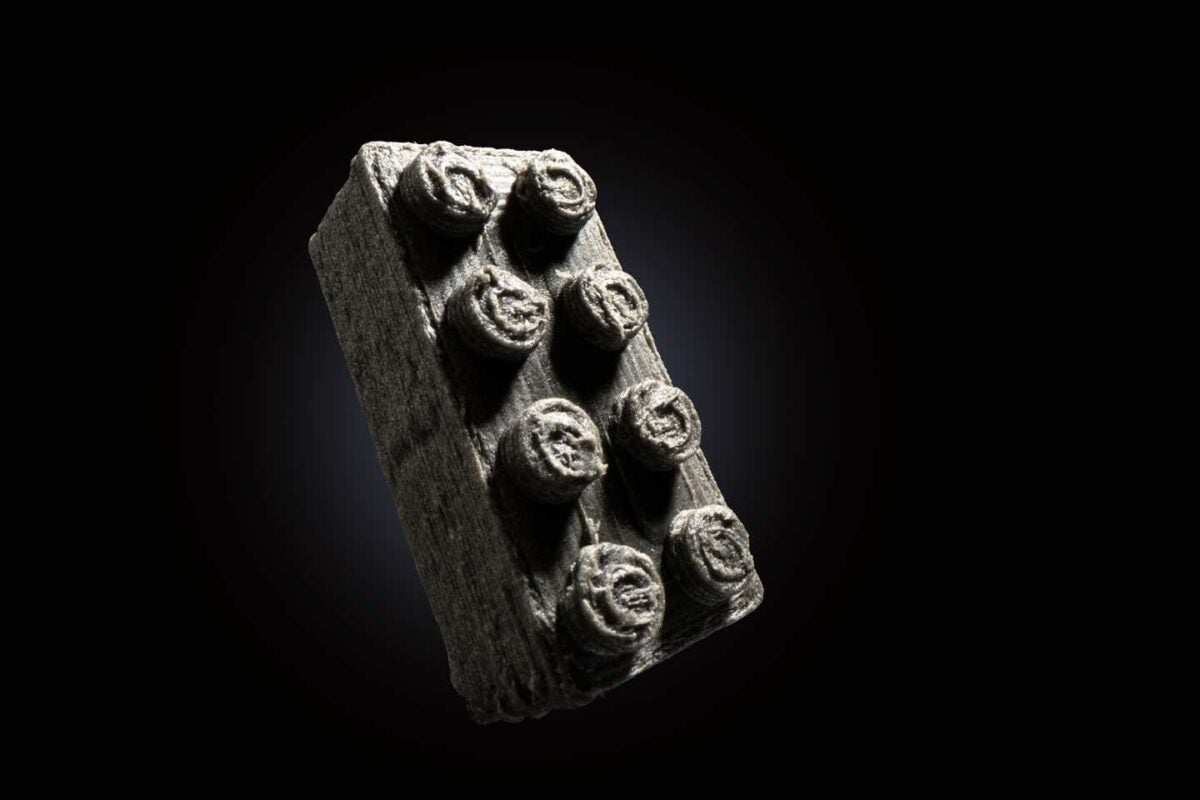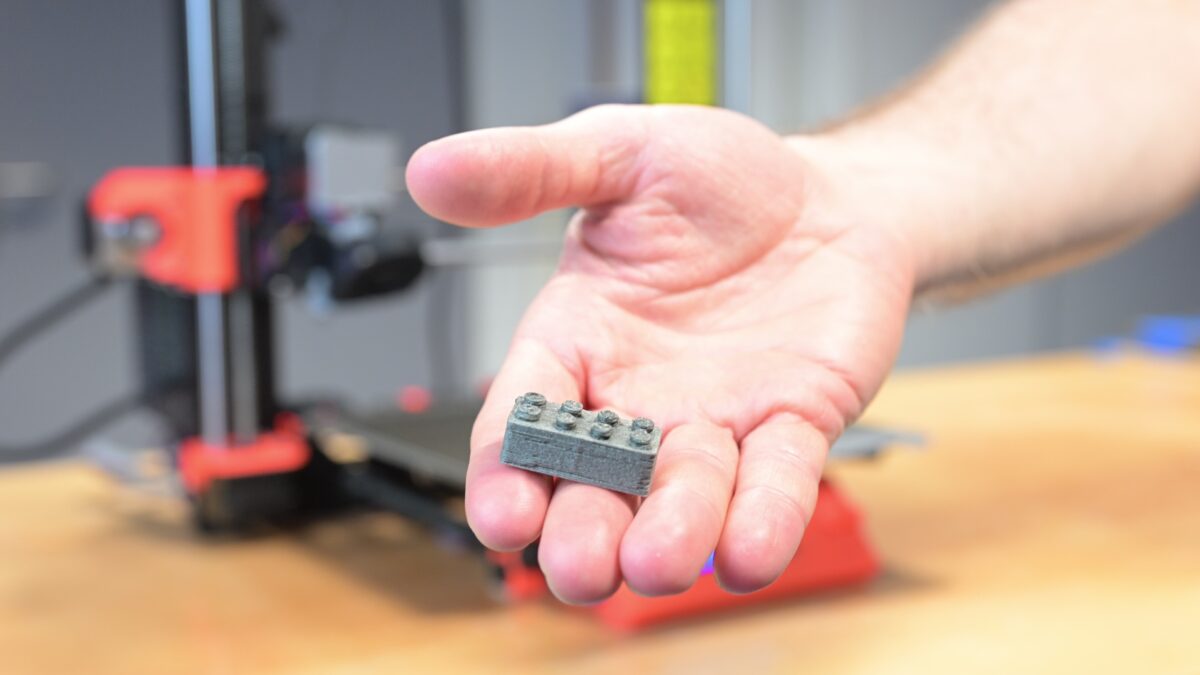Interlocking bricks made from regolith could be a way to build essential structures on the Moon.

LEGO’s European Space Agency collaboration created a Space Brick, made from meteorite dust and other materials. The material could one-day build infrastructure on the Moon and beyond. Credit: LEGO
Scientists at the European Space Agency (ESA) collaborated with Lego to 3D-print bricks made from space dust. The material — and the interlocking way that Lego bricks snap together — could one day help solve the problem of how to build things on the Moon, such as shelters for astronauts.
“No one has ever built a structure on the Moon, so we have to work out not only how we build them but what we build them out of,” said Aiden Cowley, a science officer at ESA. “We can’t take any materials with us.”
Related: Legos at the Space Store | Using Moon dirt to build on the Moon
How to turn space dust into Legos

The only pristine lunar material we have on Earth is the 842 pounds (382 kilograms) of rocks and regolith collected by the Apollo astronauts, plus a few handfuls of material from robotic sample-return missions. So the teams instead used material from a 4.5-billion-year-old meteorite — NWA 869, which was found in northwest Africa in 2000. It contains metal grains, chondrules, and other elements. They ground it into dust, and mixed it with simulated regolith. Then, the team used the material to create 3D-printed Lego bricks — a small-scale proof of concept that interlocking bricks could be produced on the Moon from regolith and used to build lunar bases.
According to Lego, the meteoritic bricks do snap and click together like traditional blocks. You can see them for yourself on display in select Lego stores around the world from now through September.

